It’s an unusual review today: I’m writing about my experiences with the fastest-growing online supermarket chain in the Netherlands—Picnic—which has finally opened its virtual doors before me.
I’ve signed up for it a little more than a year ago and landed at the place 200+ on the waiting list at the moment.
Later I checked on the app several times but my number never changed so I forgot about it a while later.
Then, in early december 2019 I’ve been notified that the waiting was over:
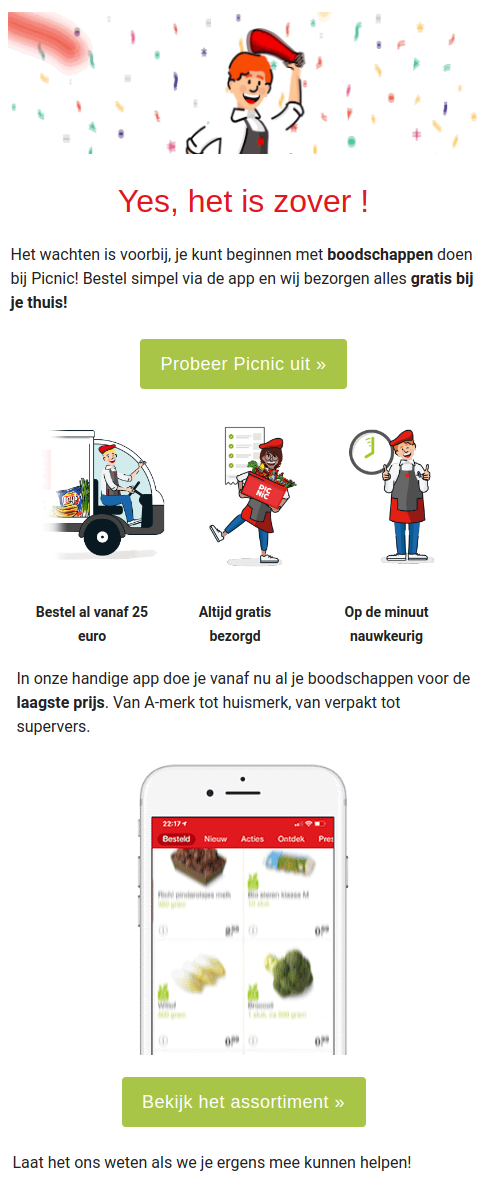
Picnic is in many respects an unusual service, and that’s what my narrative will be about.
Mobile-only
Picnic’s website is limited to general company information and frequently asked questions. Lately they’ve also added an address checker, which allows one to find out whether they’re already delivering groceries to your neighbourhood.
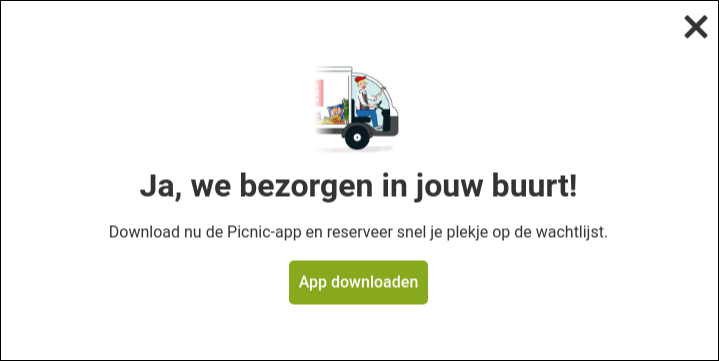
But that’s about it. You cannot even register an account there, you’re going to need Picnic’s mobile app for that.
It’s obvious the company’s strategy is to only provide service via the app and they are not willing to dedicate resources to improve the desktop experience.
I can’t say I welcome this “total mobilisation” trend. Actually, I hate it. I would only install an app when there’s no desktop alternative available.
Can’t see anything unless you’re in
Another problem is that the range of goods available in the supermarket is totally hidden unless you’re past the waiting list. And that’s a serious one.
It basically means you must subscribe to something you’ve no slightest idea about, enter your personal details and then spend months waiting, with no chance of seeing the choices or the prices.
I’ve mentioned this when meeting with the company’s top a while ago. Everyone did agree it was an issue, yet it’s still there: if you open the app the only thing you see is “You’re number XXXX, please have patience.”
So here’s your chance to see what under all that secrecy veil:
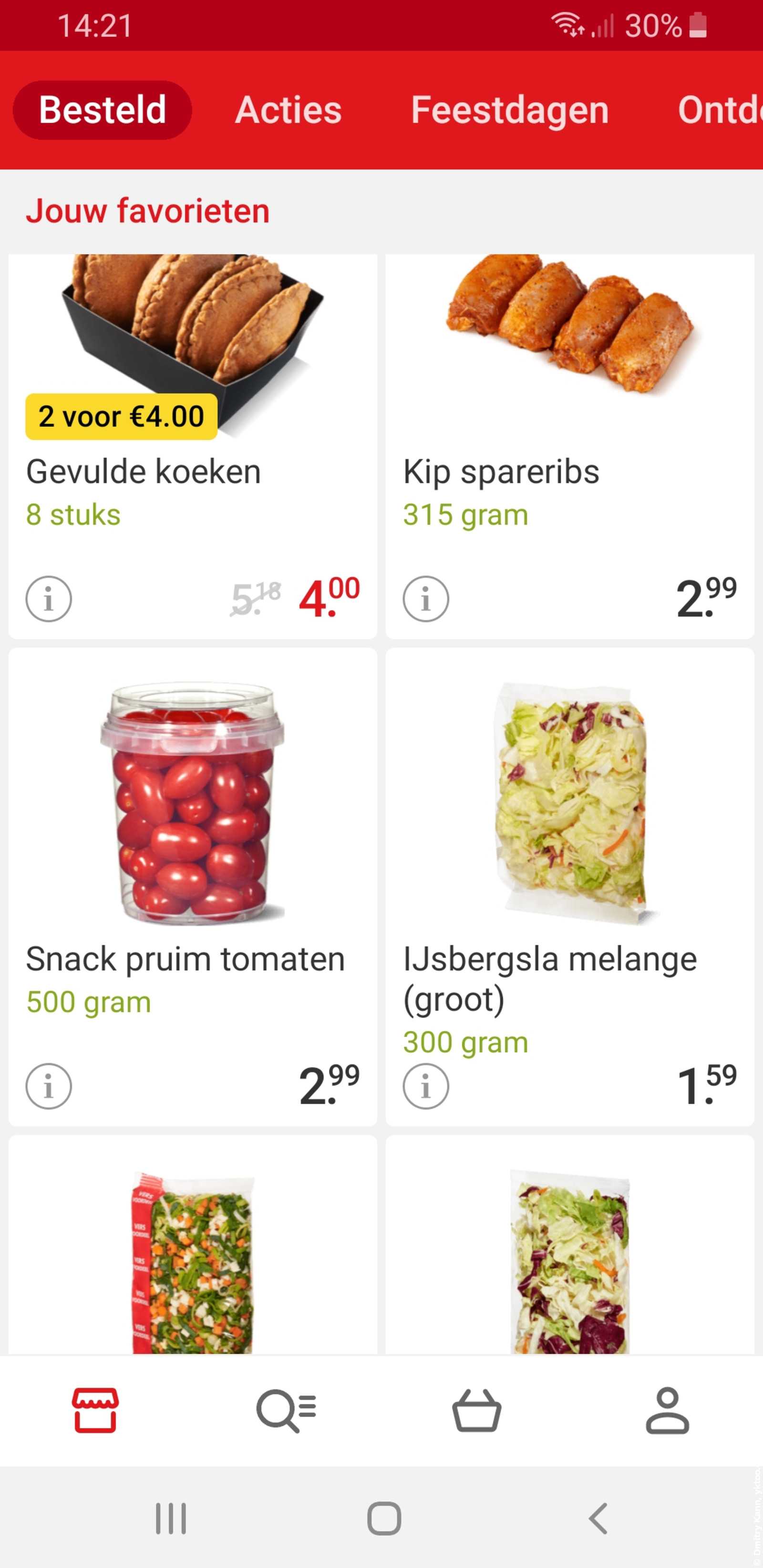
In short, my conclusion is Picnic’s variety of products is broad enough to render regular grocery shopping unnecessary.
Prices
The company emphasizes that, since they have no offline stores, they can offer the best price for each product. On the other hand, every single Dutch supermarket claims they offer “the best possible price”.
But indeed, Picnic is a whole leap ahead in the matter of cost containment. They’re even saving on staff pay, which they were recently sued for and managed to largely get away with.
Picnic’s prices are indeed somewhat lower than those in regular supermarkets, like Albert Heijn or Jumbo, which however may not be the case for specific sale items. But when compared to discount supermarket chains, such as Aldi or Lidl (our favourite), the benefits get much less evident and sometimes Picnic’s products can even turn out pricier.
Free delivery and deposits
Let’s now move on to more positive things about Picnic.
You can order stuff starting at € 25, and this amount already includes delivery.
The supermarket will also charge you € 0.35 for plastic bags the products are delivered in (regardless of their number). That’s a mandatory EU surcharge, but it will get refunded as soon as you hand the bags back in.
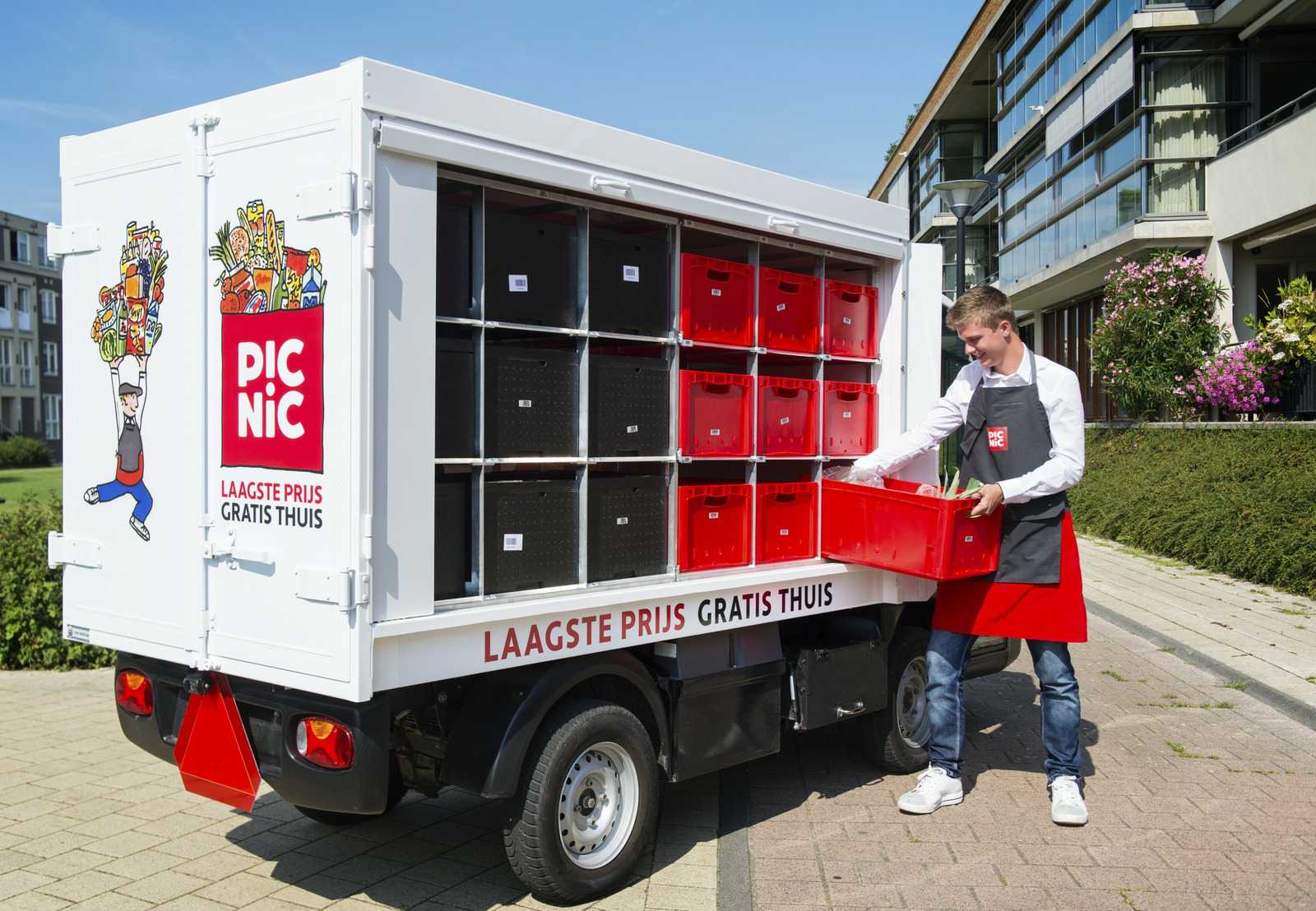
The same applies to the deposit for glass and plastic bottles (statiegeld).
Exact ordering
Picnic is arguably the only company having their logistics so heavily optimised that the suppliers get exact numbers of each product ordered; according to the supermarket’s website it applies at least to bread, fruits and vegetables.
As soon as their “virtual counter” gets closed at 22:00, Picnic orders the exact amounts of these goods from farmers and bakers.
This is really cool. It’s that lean manufacturing principle that once made Toyota a leading automotive manufacturer.
Delivery with electric cars
This is probably the most visible aspect of Picnic: conspicuous electric trucks whizzing by here and there, clean, quiet, and elegant.
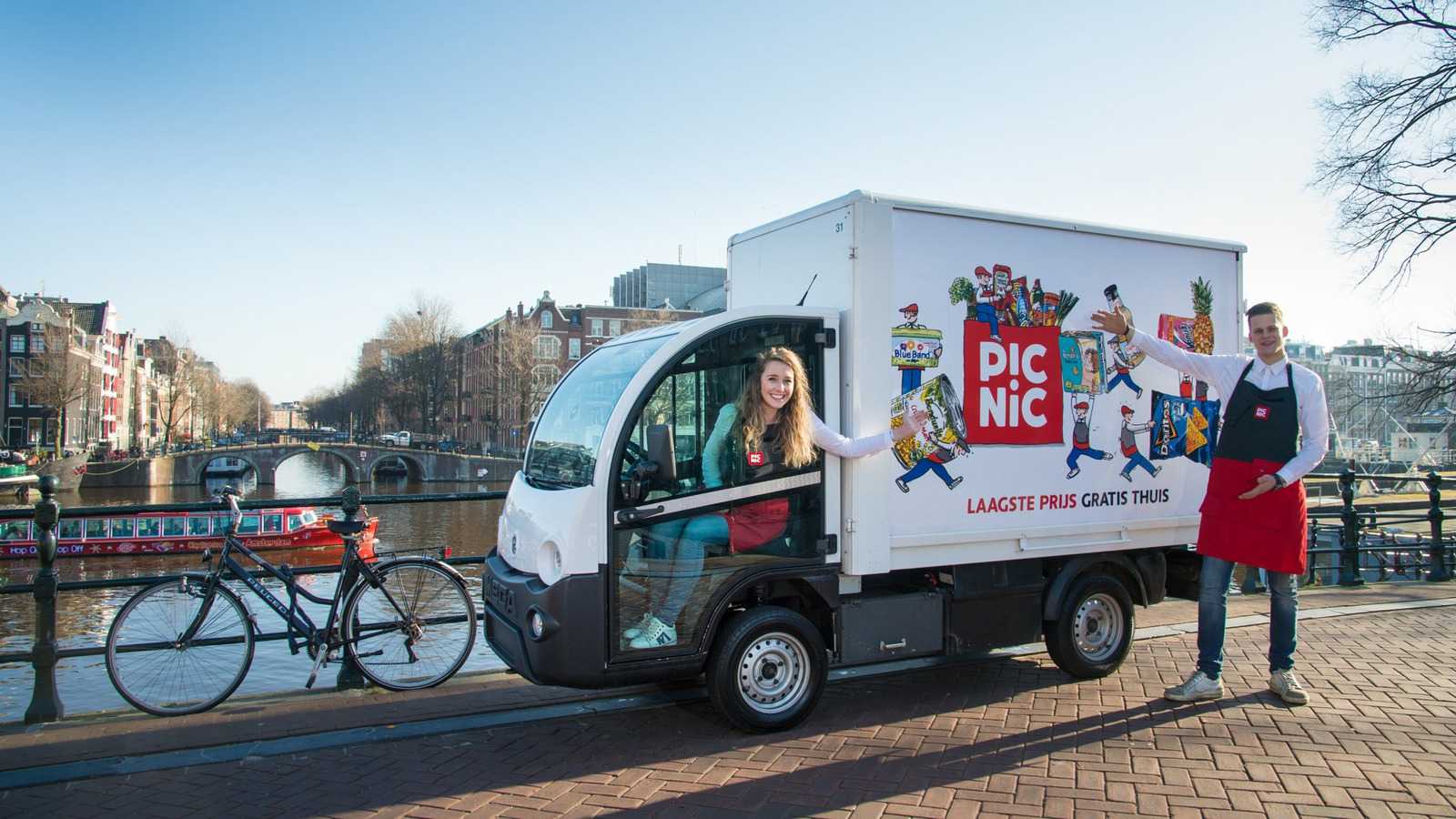
There are about a thousand, and counting, of those driving around in the Netherlands.
My kudos to the company. These trucks are emission-free, they stand out and help to drive down the cost of delivery big time.
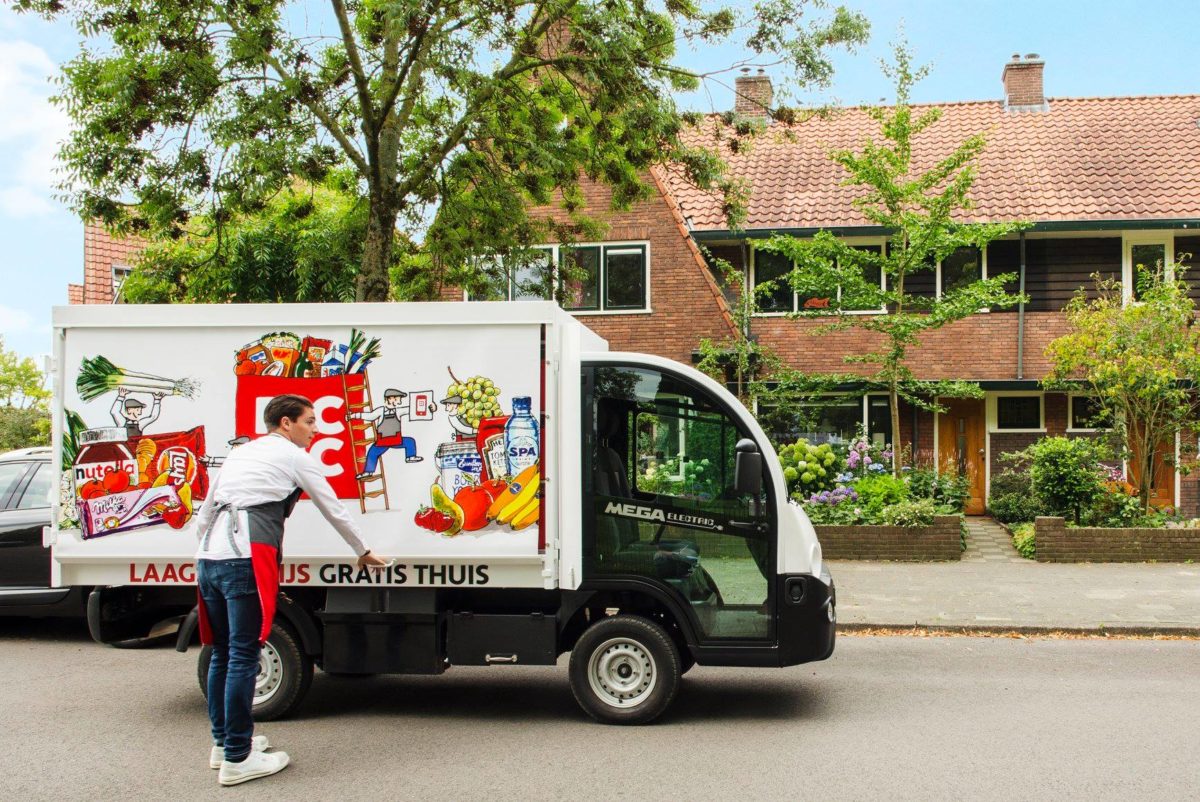
Route optimisation
Another positive aspect is Picnic’s delivery routes are thoroughly optimised, so that they can visit every neighbourhood at least once a day.
This is actually the foremost reason the waiting list is so long. The company’s policy is the next business day delivery for everyone.
During the check-out you choose a day and a one-hour delivery time frame. This interval is then narrowed down to 20 minutes on the day of delivery, which you get informed about. You can also track the delivery truck in the app.
Conclusions
All in all, I’m positive about the provided service. Its biggest downside is you have to wait, and wait, and wait before you get one.
Cons
- The waiting list is excruciatingly long.
- You can’t see the product range or prices unless you’re past the waiting list.
- Signup and product ordering are only possible with the mobile app.
- The prices are not always the lowest, despite what the company is saying.
Pros
- The mobile app is convenient.
- Next business day delivery.
- 20-minute delivery interval.
- Fresh products thanks to the exact ordering policy.
- Sustainability is a key business principle.
As an afterthought, I also think the traditional supermarkets will either need to revise their business models or give way to new, innovative players like this one.
P.S. Sign up with a discount
As a new customer I’ve been given a personal discount code: ANNA3468. The first 10 registered customers will get € 5 off for their first order. ■
 — world’s fastest URL shortener
— world’s fastest URL shortener
Comments